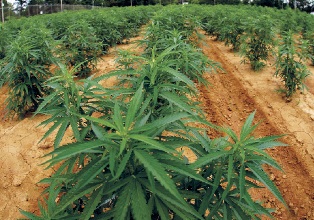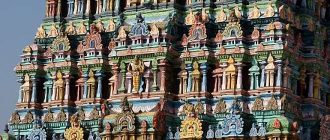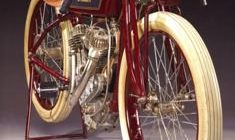Want to learn more about traditional Indian cannabis cultivation? Read on for facts and info on the cultivation and usage of cannabis in India…
Cannabis cultivation has been taking place in the tropical districts of India for thousands of years. Popularly known as Indian hemp, the native plant cannabis sativa has traditionally had a number of uses . Large areas from Western and Central India are rich in plantations of cannabis and it is also abundantly found in other temperate regions across the world.
Cannabis Cultivation and Usage
Cannabis is cultivated for a number of different reasons. The Indians have cultivated this plant for the purpose of utilizing its strong fibers in the form of hemp. The oily seeds from the cannabis are also utilized for different purposes. These are popularly known as hempseeds. When cannabis is grown in tropical regions it gives out a resinous secretion which has been tested to have diverse medicinal properties. However the cannabis plant will not produce this secretion in temperate regions. But when it comes to the fiber derived from the cannabis plant the tropical plantations tend to have stronger fiber.
The most popular usage of cannabis however is as an intoxicant. It is believed that the Persians made use of cannabis as an intoxicant back in the 11th century in the Indian subcontinent. It has also been reported that the Persians were the first to derive the medicinal properties out of this versatile plant. It is believed that European medicine did not make use of cannabis up until relatively more recent times.
The heaviest plantation of cannabis in India is experienced in the northern district of Calcutta. The entire area from Central India to Gujarat is also rich in the plantation of cannabis. Madras is renowned for its high quality cannabis products.
Deriving Resin from Cannabis
The natural environment and climatic conditions of India restrict the production of resin in the cannabis plantation. In order to increase the amount of resin produced by local cannabis plantations the growers prune the pistillate plants so that they produce branches full of flowers. It is only the tops of these plants that are collected during the cultivation season. Once collected the tops are left to wilt naturally. Following this they are pressed and the traditional way to do this was to tread them under the feet. This helped to create flattened masses that were more compact. It is believed that Bombay is the largest exporter of this drug. It is available in a special packing made out of rounded canvas bales and may also be available in wooden cases.
The cultivation process in Calcutta however is distinctively different than what was practiced in other regions of India. The tops of the flowers were relatively short in comparison to those found in other regions; the difference lay in the way they were treaded underfoot. This process then required men to grasp hold of a bamboo pole and roll the built-in cannabis under their feet. The result of this was that instead of a flattened flower mass, it produced a rounded mass which was helpful in different ways.





